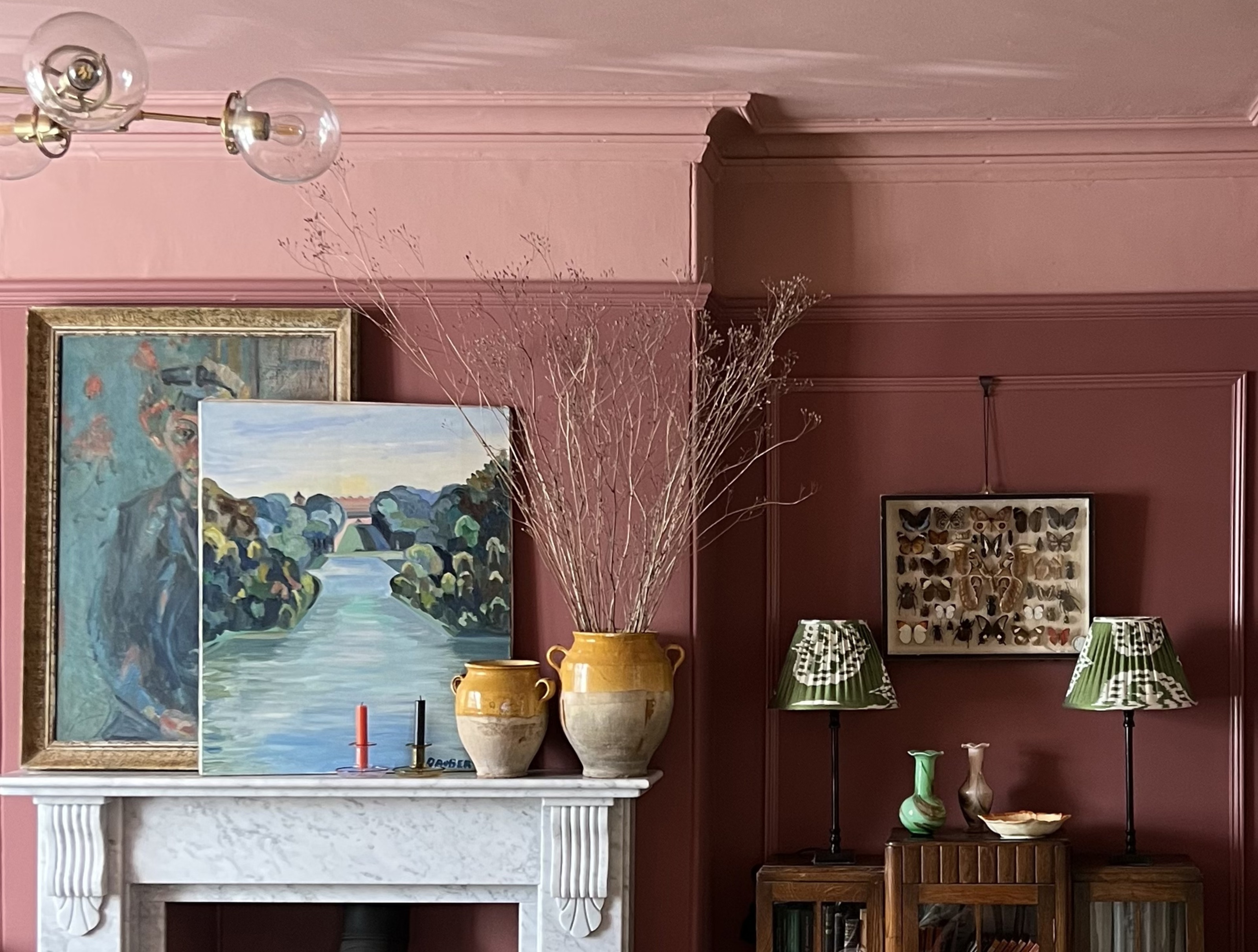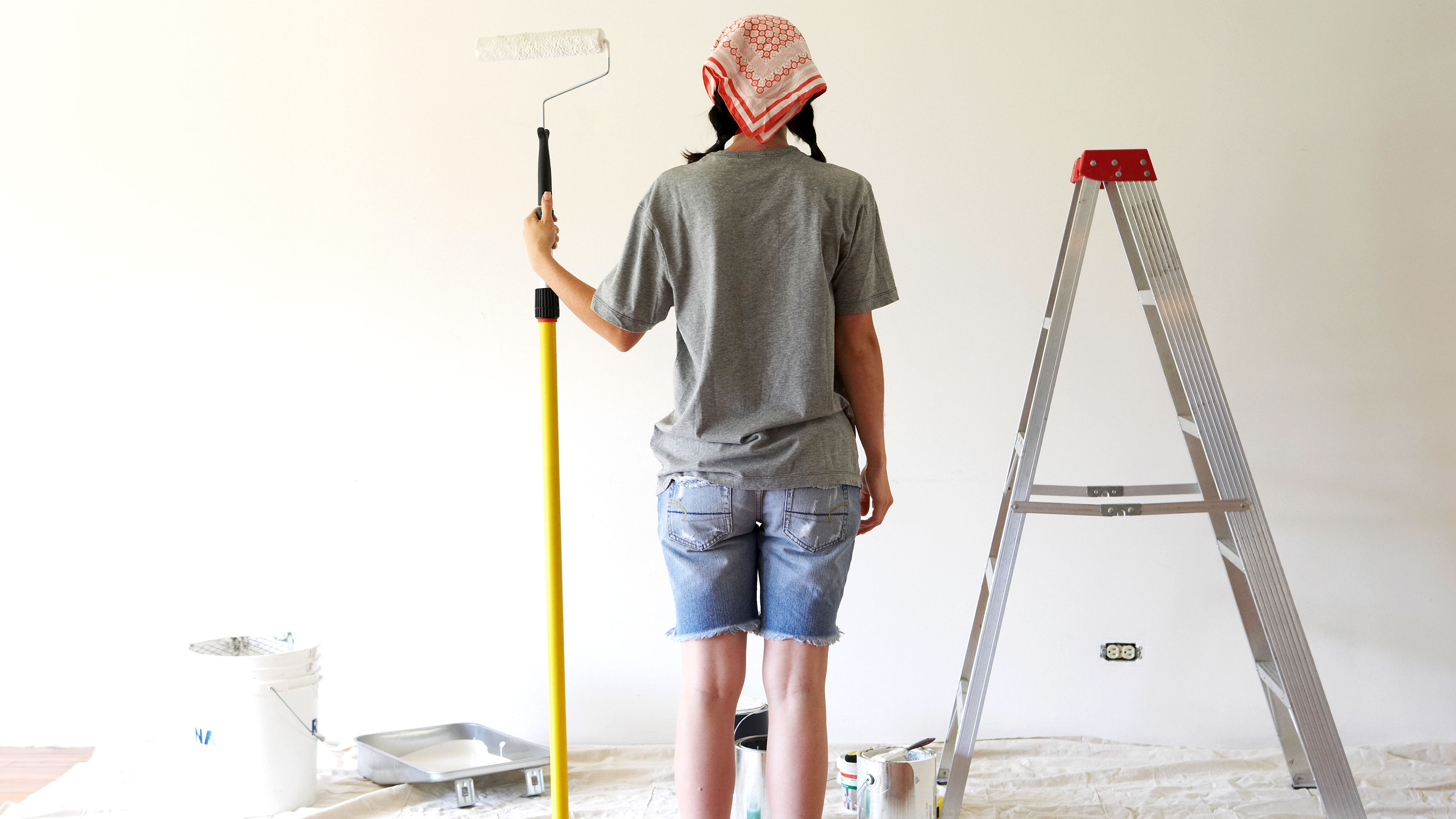Drying Times Based on Paint Type

Choosing the right paint for your cabinets is only half the battle. Understanding how long that paint needs to dry is crucial for a flawless, long-lasting finish. Different paint types have vastly different drying times, influenced by several factors. Ignoring these timelines can lead to smudges, imperfections, and even a complete paint failure. This section will break down drying times for common cabinet paint types and the factors affecting them.
How long to let cabinet paint dry – Drying time isn’t simply about waiting for the surface to feel dry to the touch. It encompasses initial drying, recoating, and full curing. Initial drying refers to the time it takes for the paint to become dry enough to handle without marring the surface. Recoating time indicates when you can safely apply a second coat without compromising adhesion. Full cure is the point where the paint reaches its maximum hardness and durability, often taking significantly longer than the initial dry time.
Drying Time Comparison for Different Cabinet Paints
The table below Artikels the typical drying times for various cabinet paints. Remember that these are estimates, and actual drying times can vary depending on the factors discussed later.
| Paint Type | Initial Dry Time | Recoat Time | Full Cure Time |
|---|---|---|---|
| Latex (Water-Based) | 1-2 hours | 4-6 hours | 21-30 days |
| Oil-Based | 6-8 hours | 24 hours | 30-60 days |
| Acrylic (Water-Based) | 1-2 hours | 4-6 hours | 21-30 days |
Factors Influencing Drying Time
Several environmental conditions significantly impact how quickly your cabinet paint dries. Understanding these factors allows you to optimize the drying process and avoid potential problems.
Temperature: Higher temperatures generally accelerate drying. A warm room (around 70-75°F or 21-24°C) is ideal. Conversely, cold temperatures significantly slow down the drying process. Painting in a cold, damp basement, for example, could lead to extended drying times and potential issues.
Humidity: High humidity inhibits drying. Moisture in the air competes with the paint’s evaporation process, lengthening the drying time and potentially leading to uneven drying or bubbling. Low humidity, on the other hand, can lead to quicker drying but may also increase the risk of cracking if the paint dries too quickly.
Ventilation: Proper ventilation is paramount. Good airflow helps to remove moisture from the air and allows the paint to dry evenly. Insufficient ventilation can trap moisture within the paint film, leading to bubbling, cracking, or a poor finish. Open windows and doors, or use fans to circulate air in the room during and after painting.
Importance of Proper Ventilation
The role of ventilation cannot be overstated. Poor ventilation creates a humid microclimate around the painted surface, trapping solvents (in oil-based paints) or water (in latex and acrylic paints). This can lead to a variety of problems, including:
- Bubbling: Trapped moisture expands as it evaporates, causing bubbles to form on the paint surface.
- Cracking: Uneven drying due to poor ventilation can cause the paint film to crack as it shrinks.
- Peeling: Poor adhesion caused by trapped moisture can lead to the paint peeling away from the surface.
- Yellowing: Insufficient ventilation can lead to yellowing in some paints.
Ensuring good ventilation during and after painting is a simple yet crucial step to guarantee a high-quality, long-lasting finish.
Factors Affecting Drying Time and Their Impact: How Long To Let Cabinet Paint Dry
Proper cabinet painting requires understanding the variables influencing drying time. Ignoring these factors can lead to subpar results, from uneven finishes to compromised durability. This section delves into the key environmental conditions and their impact on the drying process, ultimately helping you achieve a professional-looking finish.
The speed at which paint dries is significantly affected by environmental factors. These factors interact in complex ways, making it crucial to understand their individual and combined effects on both oil-based and water-based paints.
Environmental Conditions and Drying Time
A flowchart can effectively visualize the relationship between environmental conditions and paint drying time. Imagine a flowchart with “Environmental Conditions” as the starting point, branching into two main paths: “Temperature” and “Humidity.” Each of these branches further subdivides. The “Temperature” branch leads to “High Temperature” (resulting in faster drying) and “Low Temperature” (resulting in slower drying). Similarly, the “Humidity” branch leads to “High Humidity” (slower drying) and “Low Humidity” (faster drying). Each endpoint connects to a final box representing “Drying Time,” indicating faster or slower drying based on the preceding conditions. The flowchart clearly demonstrates that higher temperatures and lower humidity generally lead to faster drying times, while lower temperatures and higher humidity result in significantly slower drying times.
Humidity’s Impact on Oil-Based and Water-Based Paints, How long to let cabinet paint dry
High humidity hinders the drying process for both oil-based and water-based paints, but in different ways. Oil-based paints dry through oxidation, a chemical reaction requiring oxygen. High humidity reduces the availability of oxygen, slowing down the oxidation process and extending drying time. Water-based paints, on the other hand, dry primarily through evaporation. High humidity reduces the rate of evaporation, as the air is already saturated with moisture, again slowing down the drying process. Conversely, low humidity accelerates drying for both types. The reduced moisture content in the air allows for faster evaporation in water-based paints and facilitates quicker oxidation in oil-based paints. Consider a scenario painting outdoors on a humid summer day versus a dry winter day. The summer day will see significantly longer drying times for both types of paint compared to the winter day.
Best Practices for Optimal Drying Conditions
Achieving optimal drying conditions requires careful consideration and proactive measures. Maintaining a well-ventilated area is crucial to ensure adequate airflow, promoting evaporation in water-based paints and facilitating oxidation in oil-based paints. Temperature control plays a vital role; aiming for a moderate temperature range, typically between 65°F and 75°F (18°C and 24°C), is generally ideal. Humidity control is equally important. Using a dehumidifier in high-humidity environments can significantly reduce drying time and improve the final finish. Finally, avoiding direct sunlight, which can cause the paint to dry too quickly and unevenly, is crucial for a smooth and durable finish. Proper ventilation, temperature control, and humidity management are essential to minimizing drying time while maximizing the durability and longevity of your cabinet paint job.
Troubleshooting Common Drying Problems

Painting cabinets can be a rewarding DIY project, but achieving a flawless finish requires understanding the drying process and how to address potential issues. Improper drying can lead to a range of problems, from unsightly imperfections to a compromised finish. Addressing these issues promptly and correctly is key to a successful project.
Several factors can influence drying time, including temperature, humidity, paint type, and ventilation. Understanding these factors allows for proactive problem-solving and prevents costly mistakes. This section Artikels common drying problems and provides practical solutions to help you achieve a professional-looking finish.
Uneven Drying
Uneven drying is a common problem, often manifesting as some areas drying faster than others, leading to a patchy or uneven appearance. This can be caused by inconsistent paint application, variations in temperature across the cabinet surfaces, or insufficient ventilation.
- Identify the Cause: Carefully inspect the cabinets to determine if the uneven drying is concentrated in specific areas. Look for thicker paint application in some areas compared to others. Consider if direct sunlight or heat sources might be affecting certain parts of the cabinet more than others.
- Remedy: If the unevenness is minor, simply allow the paint to fully cure. For more significant issues, lightly sand the affected areas with fine-grit sandpaper once the paint is completely dry. Then, apply a very thin, even coat of paint to the entire surface to ensure a consistent finish. Ensure proper ventilation and a consistent temperature throughout the drying process.
Sticky Residue
A sticky residue on the paint surface indicates the paint hasn’t fully cured. This is usually caused by high humidity, low temperatures, or insufficient ventilation during the drying process. A sticky surface is susceptible to dust and debris, ruining the finish.
- Identify the Cause: Check the environmental conditions during and after painting. High humidity levels significantly slow down the drying process. Low temperatures also inhibit proper curing.
- Remedy: Improve ventilation by opening windows and using fans to circulate air. If the problem persists, carefully wipe the surface with a tack cloth or a very slightly damp cloth to remove any dust and debris. Allow the paint to fully cure in a well-ventilated, dry environment.
Discoloration
Discoloration can occur due to several factors, including using a paint that’s not suitable for the substrate, applying the paint too thickly, or exposure to direct sunlight or extreme temperatures during drying. This can lead to yellowing, darkening, or other undesirable color shifts.
- Identify the Cause: Examine the paint’s specifications to ensure it’s appropriate for the cabinet material. Assess whether the paint was applied too thickly, which can trap moisture and cause discoloration. Check for exposure to harsh sunlight or heat sources during drying.
- Remedy: If the discoloration is minor and only affects the topmost layer, a light sanding followed by a fresh coat of paint may resolve the issue. For more significant discoloration, repainting may be necessary. Consider using a high-quality primer designed for cabinets to improve the paint’s adhesion and prevent future discoloration. Ensure the cabinets are kept away from direct sunlight and extreme temperatures during the drying and curing process.
